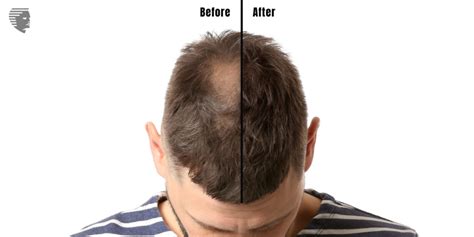Understanding the Market: A Growing Demand
The global hair loss treatment market is projected to reach a staggering $12.06 billion by 2027, fueled by the rising prevalence of male pattern baldness (MPB). According to the American Hair Loss Association, approximately 85% of men will experience some form of hair loss by the age of 50.

Fake Male Hair: A Comprehensive Overview
Fake male hair, also known as hair replacement systems or hairpieces, offers a non-surgical solution to hair loss. These systems are designed to mimic the appearance of natural hair, providing a realistic and undetectable solution.
Types of Fake Male Hair Systems:
- Lace Hair Systems: Thin and lightweight, these systems are made with a lace base that allows for maximum breathability and a natural scalp appearance.
- Poly Hair Systems: Durable and long-lasting, poly hair systems are made with a synthetic polyurethane base that provides a secure fit and can withstand daily wear and tear.
- Mono Hair Systems: Combining the breathability of lace with the durability of poly, mono hair systems feature a transparent base that creates a natural scalp illusion.
Benefits of Using Fake Male Hair
- Non-Invasive: Unlike surgical hair restoration treatments, fake male hair systems are non-invasive and require no downtime or recovery period.
- Instant Results: With a professional installation, you can achieve a full head of hair in just a few hours.
- Versatile Styling: Fake male hair systems allow for limitless styling options, from classic cuts to modern trends.
- Confidence Boost: Regaining a full head of hair can significantly boost confidence and self-esteem.
- Low Maintenance: Compared to surgical hair restoration, fake male hair systems require minimal maintenance and can last up to several months with proper care.
Finding the Right Hairpiece
Choosing the ideal fake male hair system involves considering several factors:
- Hair Type: Match the hair color, texture, and density of your existing hair to ensure a natural transition.
- Size and Shape: The system should fit snugly on your scalp and match the curve of your head.
- Base Material: Choose a base material that meets your lifestyle and hair care routine, considering breathability, durability, and comfort.
- Hair Loss Pattern: Determine the extent and location of your hair loss to select a system that covers the affected areas effectively.
Advanced Technologies in Fake Male Hair
Advancements in technology have revolutionized the fake male hair industry, introducing innovative solutions for natural-looking and long-lasting hairpieces.
- Augmented Reality (AR) Simulation: AR technology allows you to visualize how a particular hairpiece will look on your head before committing to a purchase.
- Custom Hair Design: With 3D scanning and advanced manufacturing techniques, you can create personalized hair systems tailored to your exact head shape and hair characteristics.
- Biocompatible Materials: New biocompatible materials ensure that hairpieces are hypoallergenic and gentle on your scalp, minimizing irritation or discomfort.
Strategies for Optimal Results
- Professional Installation: Seek an experienced hair system specialist to ensure a precise fit and natural appearance.
- Regular Maintenance: Follow the recommended maintenance schedule to keep your hair system clean and in good condition.
- Scalp Care: Protect your scalp by using gentle shampoos and avoiding excessive heat styling or chemicals.
- Lifestyle Adjustments: Consider reducing stress, improving diet, and incorporating hair growth supplements to support overall hair health.
Considerations for Fake Male Hair
- Cost: The initial investment in a fake male hair system can be significant, but it’s crucial to compare the long-term cost with other hair loss treatments.
- Time Commitment: Installation and maintenance of a hair system require time and effort, especially during the initial adjustment period.
- Skill and Expertise: While some individuals may be comfortable installing and styling their own hairpieces, professional assistance is recommended for optimal results.
